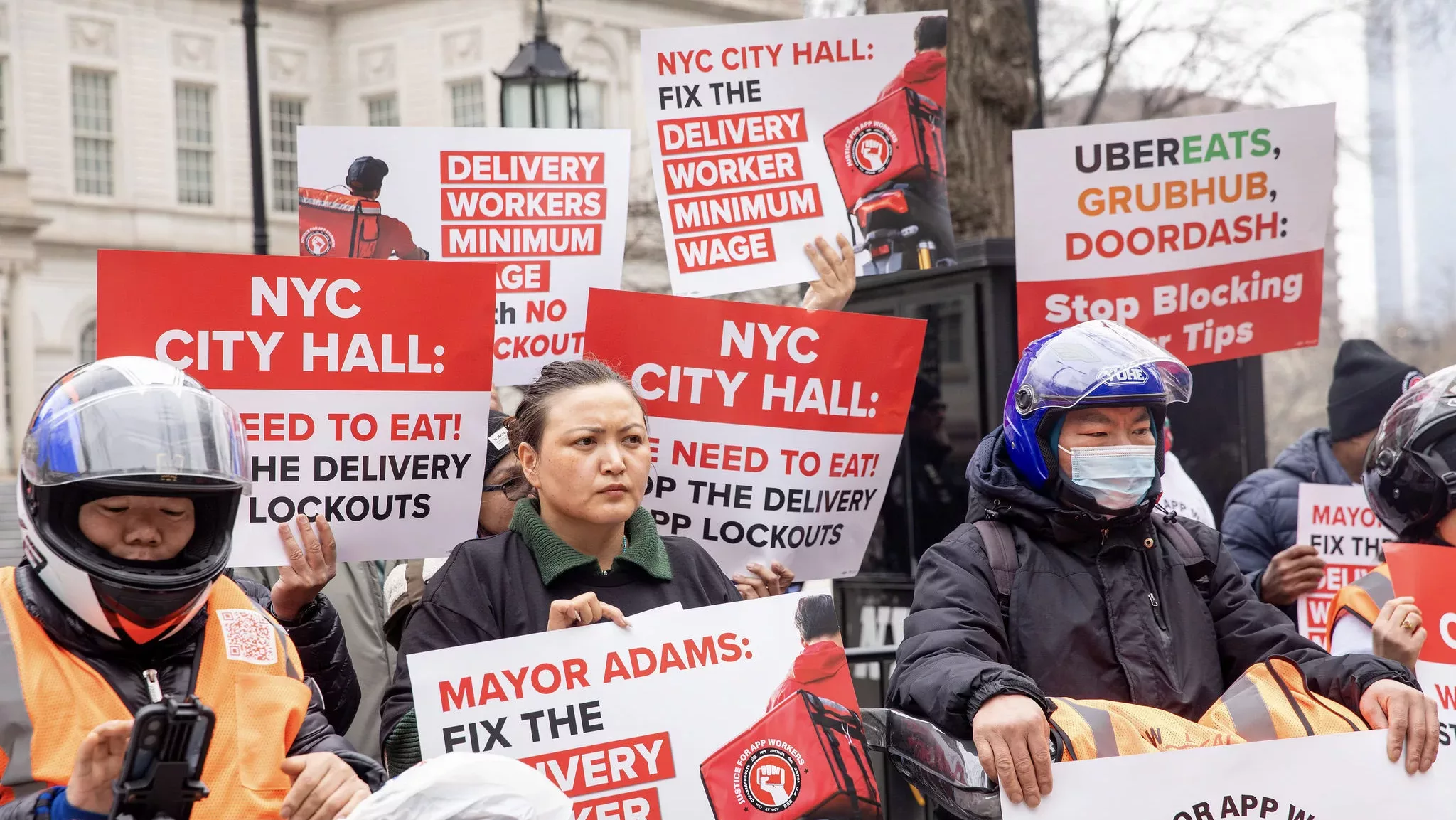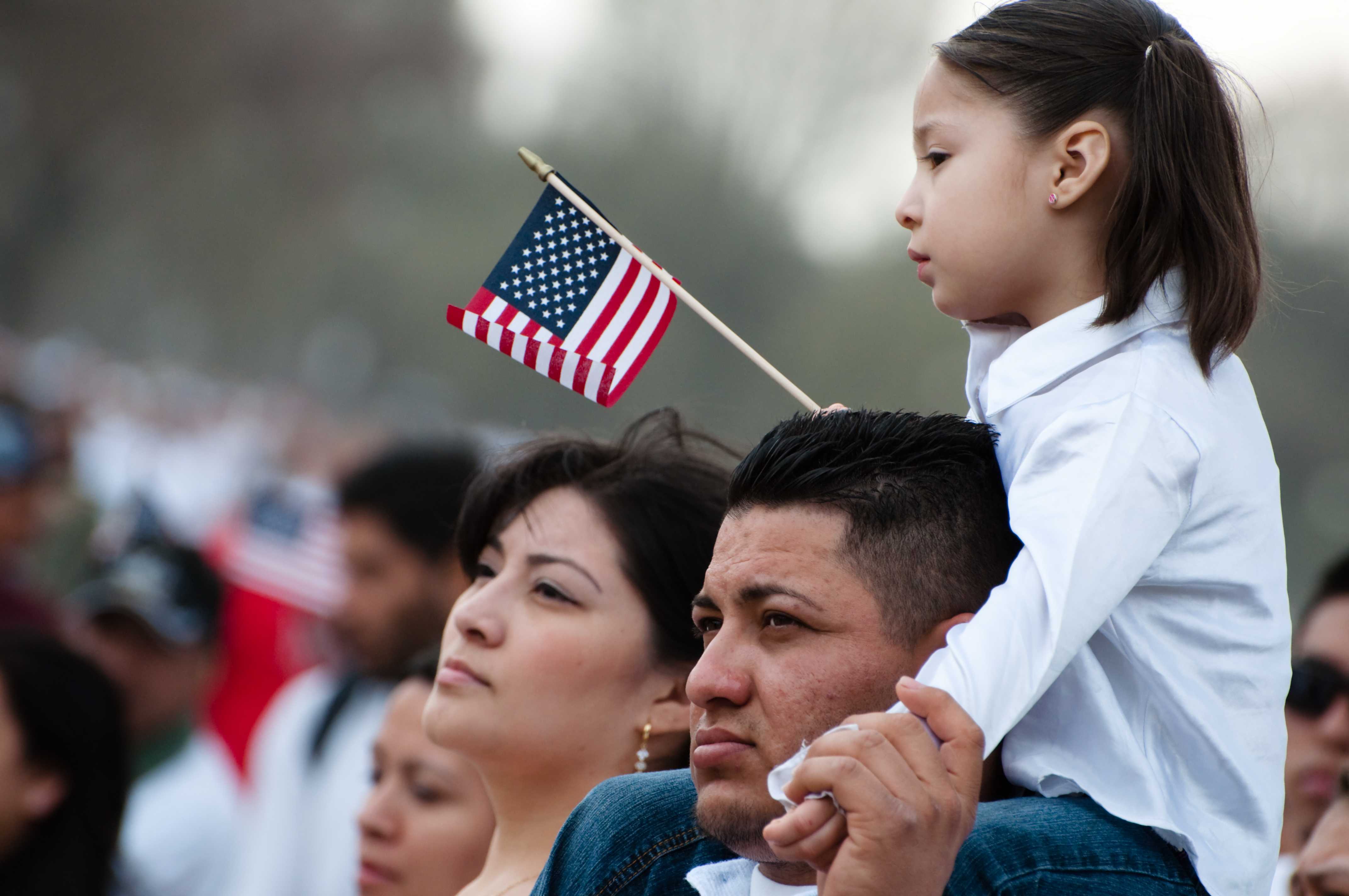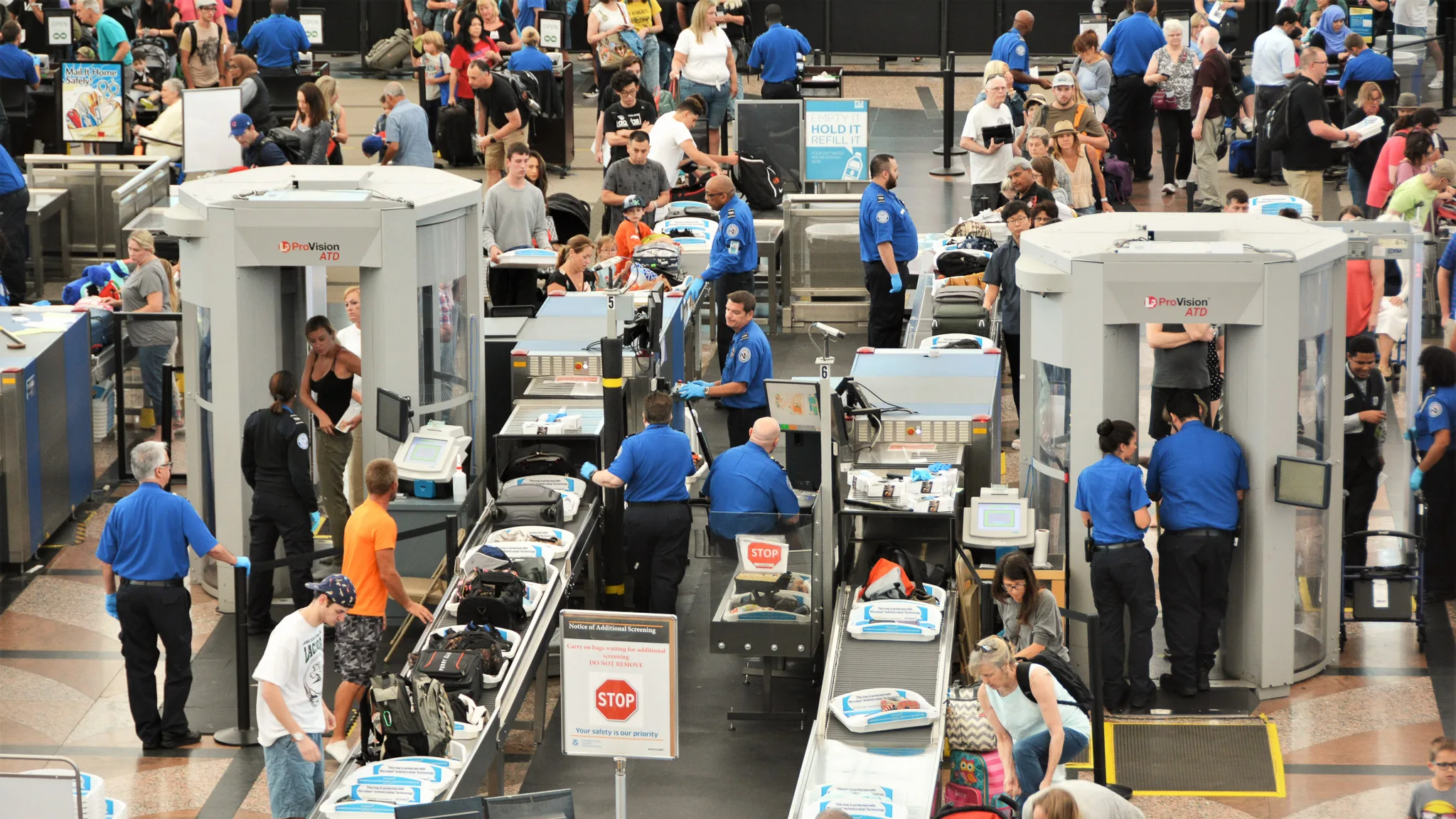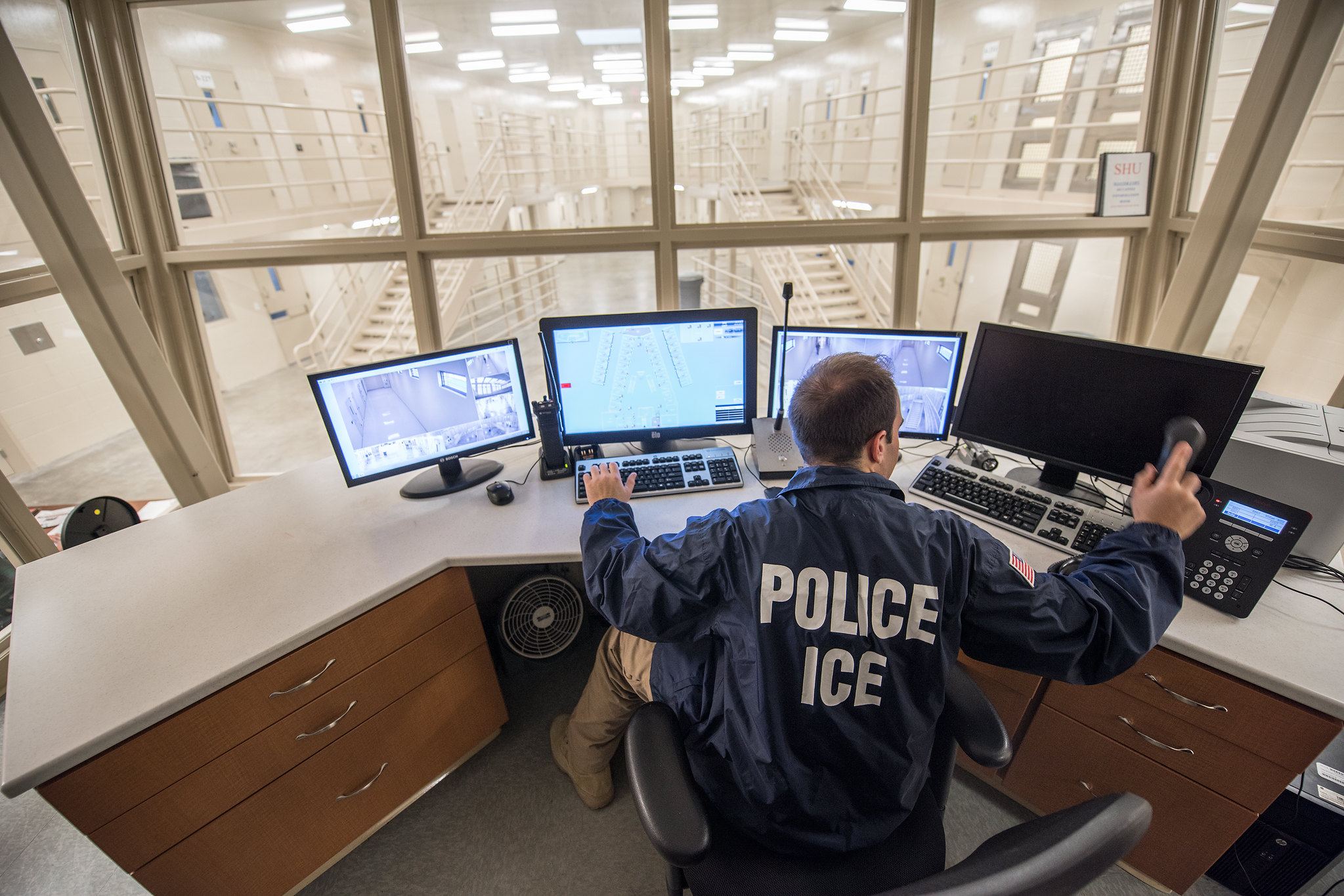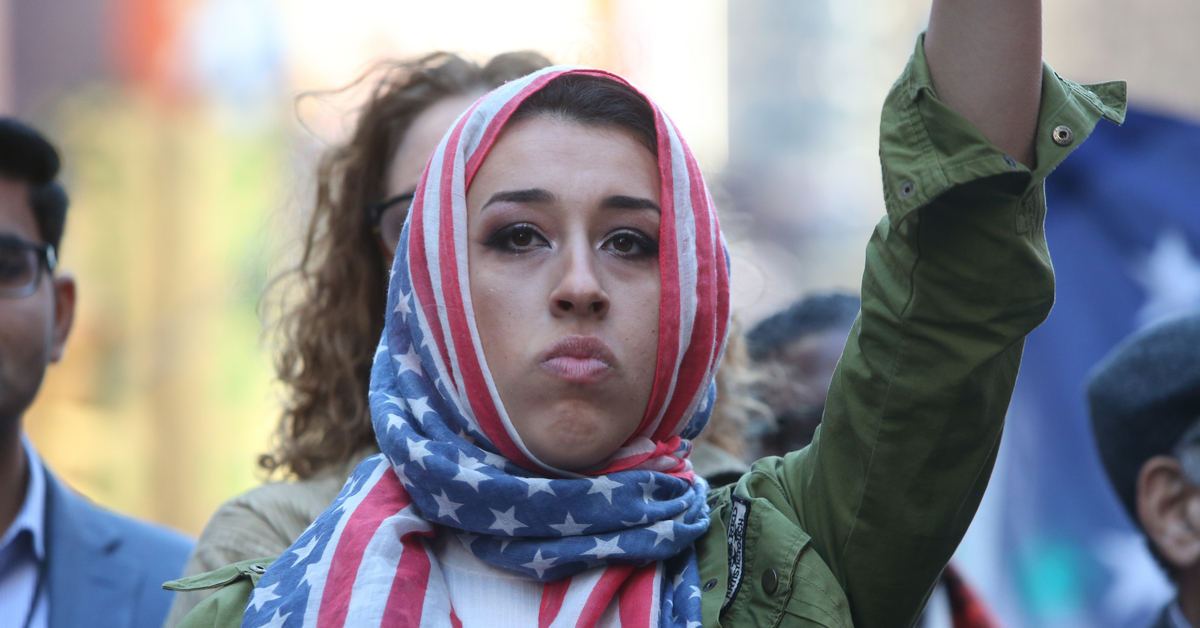On April 1, delivery workers across the city received a bump in pay to at least $19.56 per hour before tips, thanks to the second phase of New York City’s historic minimum wage law for app-based delivery workers.
Despite some concerns regarding apps like Uber Eats and DoorDash complying with the law, since last December, data obtained from the New York City Department of Consumer and Worker Protection (DCWP) shows that the law has had transformative results by putting more money in delivery workers’ pockets. Still, some advocates and workers say that, although the intentions of the law are admirable, more needs to be done to end lockouts from the apps that they believe are unfair.
Before the law was passed, workers were paid below the minimum wage rate of $5.39 per hour before tips. Now workers earn at least $17.96 per hour before tips. According to DCWP, which began enforcing the minimum pay rate in December, since the law was passed, on average, more than 60,000 delivery workers cumulatively earned $16.3 million more per week than before the law was passed; an increase of 165%. In total, workers earned an additional $847.6 million in income annually.
“The minimum pay rate has been enormously successful in raising wages for our city’s delivery workers and providing them greater means to support themselves and their families,” said DCWP Commissioner Vilda Vera Mayuga in a statement on April 1.
Read More: Uber and Lyft Wage Theft Settlements: AG Warns Against Scams
Delivery workers’ time is also being managed more efficiently by the apps while maintaining the same number of app-based delivery workers, which stands at more than 60,000, according to the DCWP. The amount of time workers spend on trips has slightly increased, while the amount of time spent waiting on an order has significantly decreased. Cumulatively, workers spent 835,000 hours per week on trips before the law was passed. Now, workers spend more time on trips, at 893,000 hours per week.
On average, workers collectively spent 1,002,000 hours per week just waiting for an order before the law was passed. Now workers spend almost a quarter time less waiting: just 771,000 hours per week waiting for an order — a difference of 400 days.
Gabriel Montero, director of development and communications at the Worker’s Justice Project, views the data as a vindication of their efforts to push for the new law.
“DCWP’s data show that minimum pay is delivering real benefits to New York’s hard-working app delivery workers, providing these essential workers with the income they need to support themselves and their families while maintaining strong outcomes for our city’s restaurants,” he said. “This proves that minimum pay is working for everyone.”
Still, one major concern that many delivery workers feared once the minimum wage law took effect was that the apps would retaliate by locking out workers from their platforms.
“As a delivery worker, I rely on these apps to support my family,” said Kevin Zhou, delivery worker, and a Justice for App Workers member. “The constant threat of app lockouts leaves us in a precarious position, unable to secure the work I need to make ends meet. If I can’t work that day, I can’t feed my family that evening.”
Justice for App Workers, a national coalition representing more than 130,000 rideshare drivers and delivery workers, has been supportive of the minimum wage law but is advocating for lockout protections to be included in the law.
“We fought hard for a $20 minimum wage, but without protections against app lockouts, it feels like our victory was not a victory at all,” said Shyam Karki, president of the Minority Empowerment Network, a member group in the Justice for App Workers Coalition. “It’s one step forward and two steps back. We need the city to step up and fix this now.”
However, based on the data collected by DCWP, mass lockouts are not occurring.
According to DCWP, the number of workers performing deliveries for apps on any given week stands at 106,000, and the number of orders received stands at 2.6 million per week, which are the same numbers before and after DCWP began enforcing the minimum pay rate.
But since the law took effect, apps have begun pre-scheduling shifts to decrease on-call time. According to the law, the app companies are allowed to choose one of two methods to calculate pay for workers. They can pay a rate of $17.96 an hour for all of the time a worker is logged into the app, including waiting time, or they can pay an alternative method rate of $29.93 an hour that only pays workers for the time it takes for them to make a delivery. The second method does not pay workers for the time they spend waiting for an order.
To avoid paying workers for all the time a worker is logged into the app, the apps have mostly chosen to pay an alternative method rate of $29.93 an hour. As a result, workers lose the ability to choose their own work hours. If they fail to pre-schedule a shift, the worker won’t be able to log into the app.
Nicki Morris, Spokesperson for Justice for App Workers, says that the law should be amended to prevent the apps from preventing workers from logging on when they want.
“This is a huge issue for workers,” he said. “This means people cannot get on the apps, people who rely on this work to survive. The system does not have to be set up this way.”
In addition to the rise of pre-scheduled trips, DCWP data shows that tips have decreased, thanks in large part to Uber and DoorDash making changes to their apps that remove the option to add a tip when placing an order. Tips decreased from $10.1 million per week before the law was passed to $3.5 million per week after the law was passed. The Worker’s Justice Project is continuing to work with DCWP and elected officials like Council Member Shaun Abreu to introduce legislation on tipping transparency.
“The minimum pay requirement is a historic victory for app delivery workers in this city and a very important first step, but our work is not done because we’ve seen how the app companies continue to retaliate against workers in the face of this victory, including hiding the tipping option from customers as punishment for minimum pay, which has a direct impact on workers’ livelihoods,” said Montero. “Tips are essential to app delivery workers, who only make the minimum pay hourly rate while they’re actively delivering an order.”
However, DCWP data shows that even with the decrease in tips, the amount apps are paying workers per week has increased by $16.3 million. Since DCWP began enforcing the Minimum Pay Rate, the agency has received several hundred complaints and questions from workers. Overall, based on DCWP compliance data the agency has reviewed thus far, the major apps like Doordash and Uber have complied with the law.
